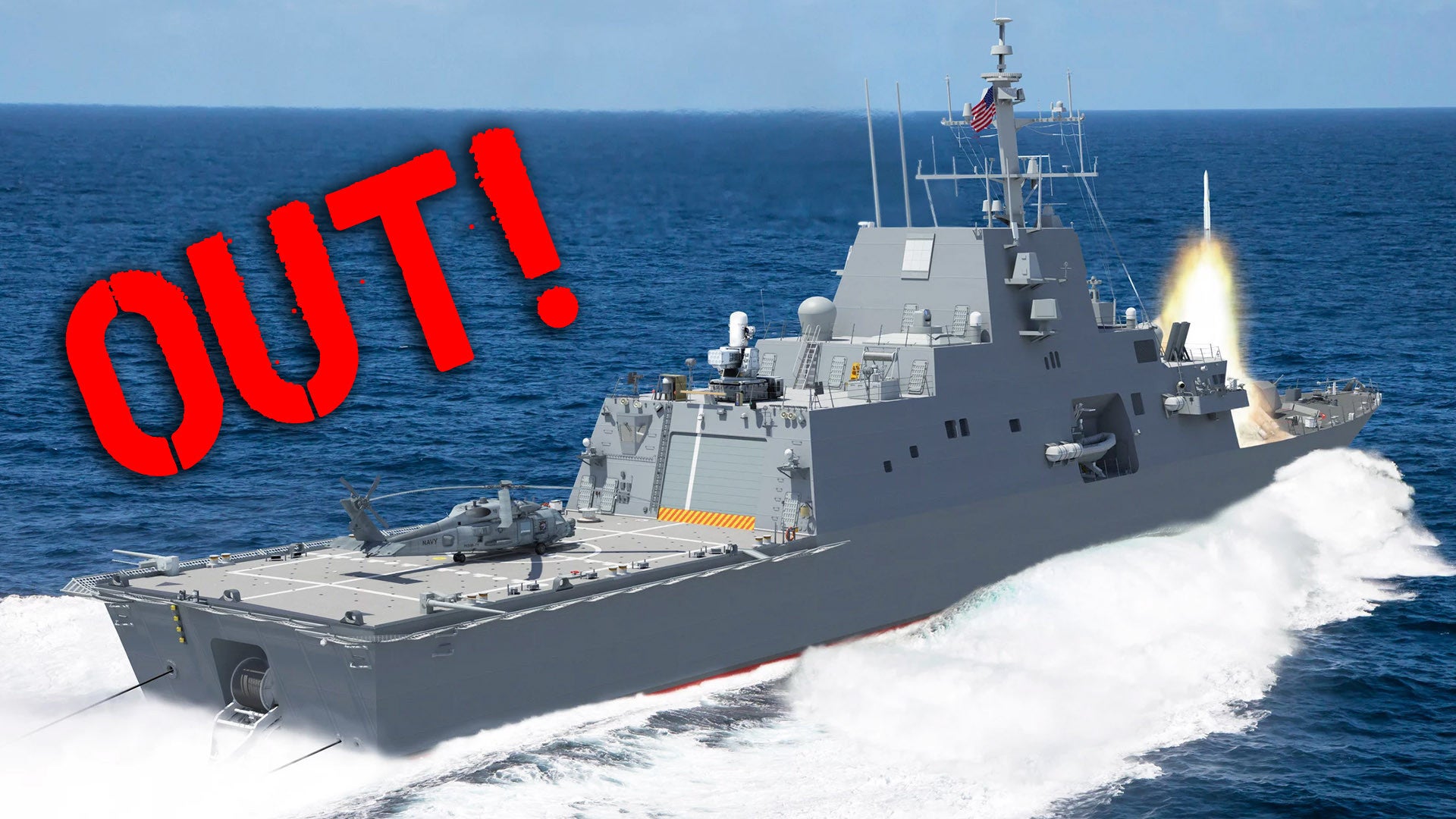In a major development for the U.S. Navy’s future frigate program, or FFG(X), Lockheed Martin has decided that it will not to submit a bid after reportedly having difficulty meeting the service’s latest requirements. The company will continue to be a part of the competition as a member of the team working with Italy’s Fincantieri Marine Group, which is proposing a design based on its Fregata Europea Multi-Missione (FREMM), or European Multi-Mission Frigate. The American defense giant is also in line to provide a number of systems for any winning ship design, including its COMBATSS-21 battle management system, which is derived from the Aegis combat system.
USNI News got the scoop on May 28, 2019. Unnamed sources told the outlet that Lockheed Martin had informed the Navy of its decision five days earlier. The American defense giant had previously been working on a design derived from its Freedom-class Littoral Combat Ship (LCS) hullform.
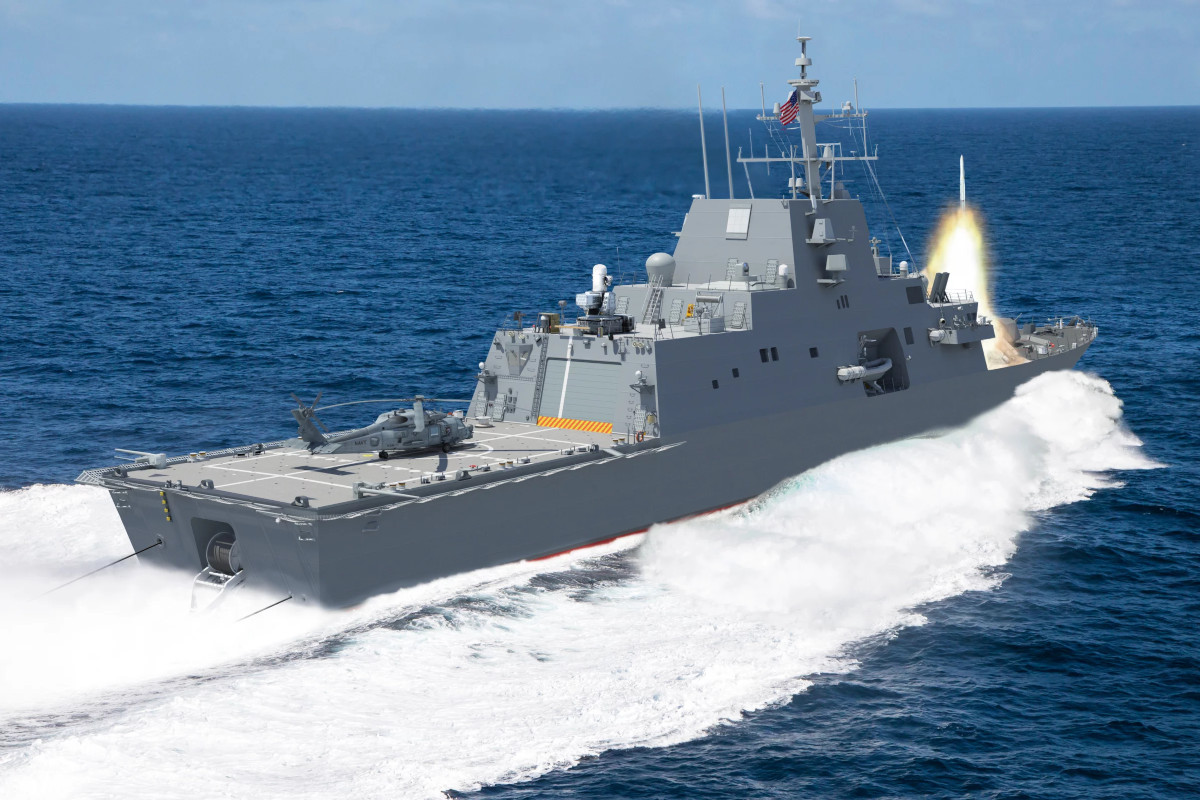
“We reviewed the entire program and obviously, given some of the stuff that has already happened that is outside of the contract for the program – that includes the designation of our combat management system, COMBATSS-21, derived off of Aegis; we have the Mk 41 vertical launch system; the processing for our anti-submarine warfare area; [and] advanced [electronic warfare] and platform integration,” Joe DePietro, the Vice President of Small Combatants and Ship Systems at Lockheed Martin vice president of small combatants and ship systems, told USNI News. “As we evaluated all of those different areas, we determined not to pursue, as a prime contractor, the FFG(X) detailed design and construction.”
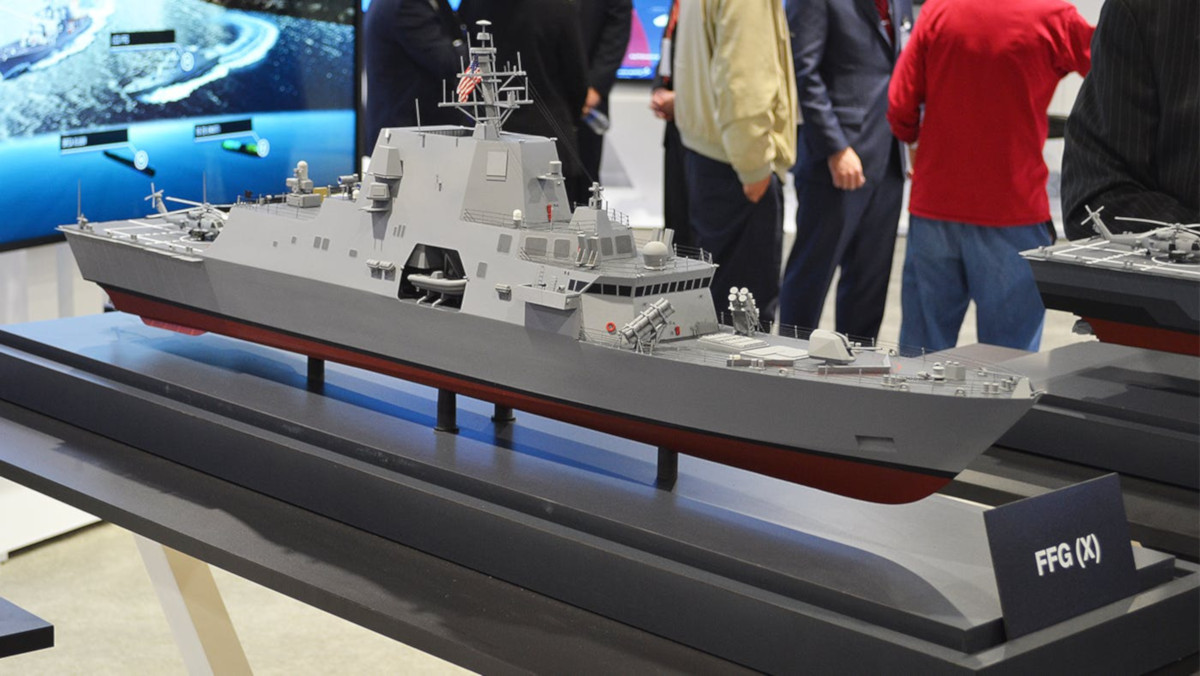
This is certainly a sensible decision in a number of ways. As noted, beyond the various systems that Lockheed Martin will supply to the Navy no matter who wins the FFG(X) competition, it is also still the systems integrator for Fincantieri Marine Group’s offering.
The two companies have worked together before on the Freedom-class. The Marinette Marine shipyard in Wisconsin, which the Italian firm bought in 2009, builds the ships. Lockheed Martin is still on contract to deliver additional examples of those littoral combat ships to the Navy and is also building another derivative, known as the Multi-Mission Surface Combatant (MMSC), for the Royal Saudi Arabian Navy.
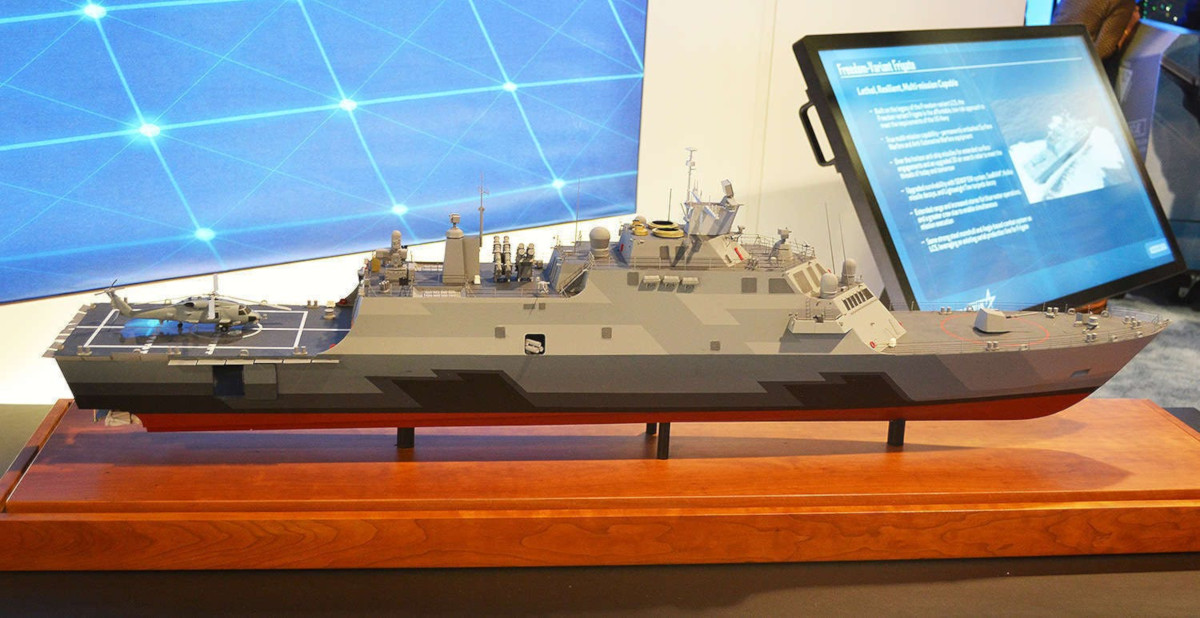
But one of USNI News‘ sources also said that while Lockheed Martin’s FFG(X) proposal had passed a pair of design reviews, the company had told the Navy that it simply could not rework the Freedom-class design enough to meet all the service’s requirements. The company had already lengthed the hullform to accommodate a new propulsion system. The FFG(X) requirements call for additional spacing between propulsion system components to reduce the likelihood that a single shot will be able to leave the ship dead in the water.
“It does require the ship to be longer, given those separation requirements and how you plan to stagger your port and starboard configuration of the combining gear/reduction gear, running into a single shaft into a screw on either side,” DePietro had explained to Defense News in October 2018. “You have to have a certain amount of separation and they have to be fully independent.”
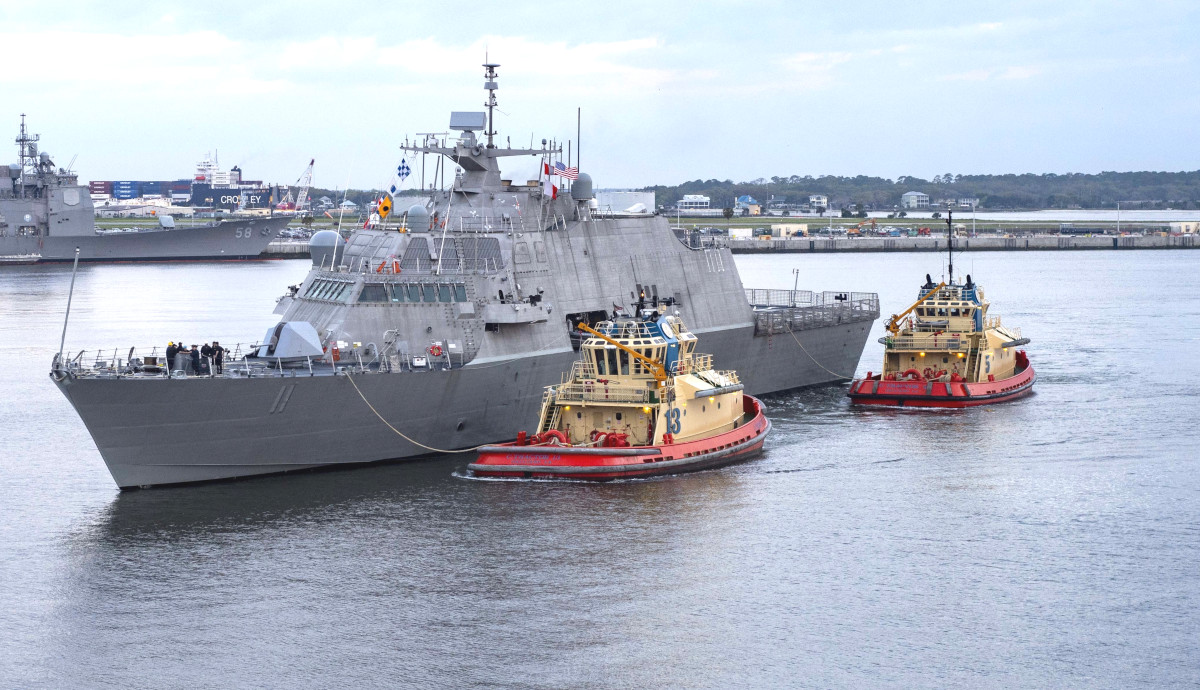
In the conceptual design phase, the Navy also increased the number of Mk 41 vertical launch system cells it wanted each frigate to have from 16 to 32, which could have required an even longer hullform. Lockheed Martin never displayed a model or concept art of a revised FFG(X) design.
The company’s decision leaves four other contenders in the race to build the Navy’s next frigate, including Fincantieri. Austal USA is still offering a ship based on its Independence-class LCS design. General Dynamics Bath Iron Works is proposing a version of Spanish shipbuilder Navantia’s F100 Álvaro de Bazán-class. Lastly, there is Huntington Ingalls, which has offered virtually no details about its pitch, including declining to name any other members of its prospective team.
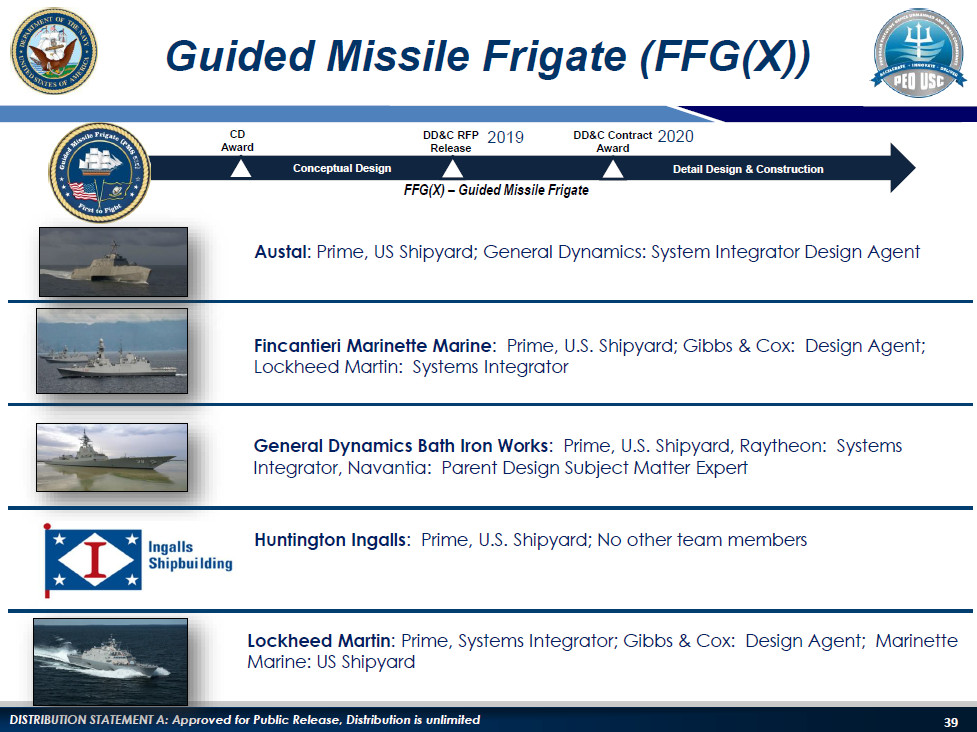
The Navy is expecting to issue the final FFG(X) request for proposals by the end of September 2019 and wants to award the winning contract a year after that. The service then expects to buy 20 of the ships through 2030.
With Lockheed Martin now out of the running, what was already set to be a heated competition looks set to become even more intense.
Update: 5/29/2019—
After we published this piece, Lockheed Martin reached out to us with the following statement:
Lockheed Martin completed a successful design effort under the current contract, and our solution meets all of the Navy’s requirements. After careful review, we have decided we will focus our attention on the FFG(X) combat system and overall systems integration. We offer the best value to the Navy in this role while meeting our business goals. We will continue to serve as a shipbuilder for the U.S. Navy, and we’re exploring opportunities including unmanned surface vessels and the large surface combatant.
Contact the author: jtrevithickpr@gmail.com
